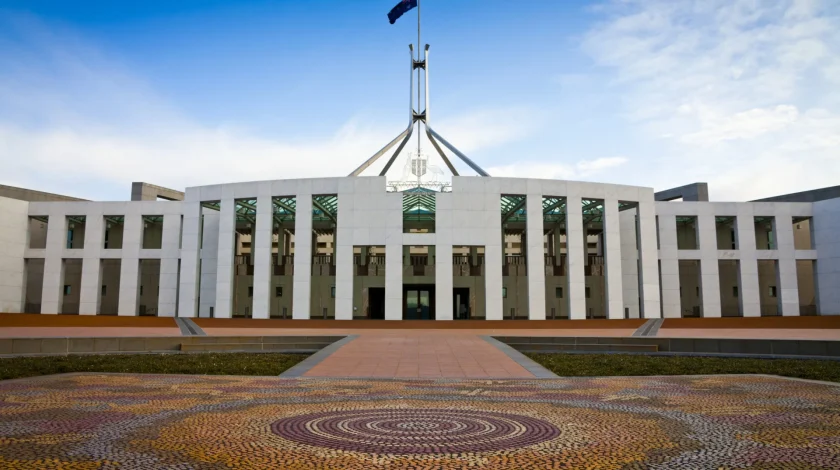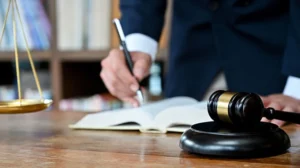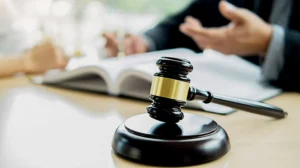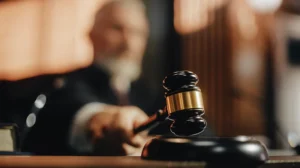A bill has been introduced into the lower house to enshrine an Indigenous Voice to Parliament. This has been a major legislative goal of the Australian Government and would alter the Federal Constitution by way of a referendum, in order to recognise Australia’s First Peoples. However, very little is understood about the process of constitutional reform and the significance of the Voice itself.
This blog will analyse the role of a referendum, as outlined in section 128 of the Constitution, and will consider the importance of recognition and what constitutes a ‘Voice’.
What is the Voice to Parliament?
The Voice would be the first Constitutional recognition afforded to Indigenous Australians – joining other nations including the US, Norway, New Zealand and Canada which all have various treaties with their Indigenous communities.
The Voice would be an advisory body that would consider Aboriginal opinions in legislation that directly concerns their cultural, economic and social wellbeing. It comes as a result of vast inequalities in parliamentary representation that has, historically and currently, disadvantaged Aboriginal and Torres Strait Islander communities. The idea behind the Voice originated in the Uluru Statement from the Heart (2017), which was issued by Aboriginal leaders to address issues disproportionately affecting their communities. The statement called for a constitutional amendment to establish a First Nations Voice and a Makarrata Commission to oversee truth-telling in Australia regarding legislation that concerns Indigenous peoples and treaty-making.
Reasons for the Voice’s introduction
Championed by the ‘Yes’ movement, the Voice is seen as a mechanism to amend historical injustices that continue to pervade modern day policy creation. This includes the enforced poverty, dispossession and marginalisation of Aboriginal and Torres Strait Islander communities that has resulted in higher homelessness, drug-abuse and high-school drop out rates across the country. In an effort to aid reconciliation between Indigenous and non-Indigenous individuals, the Voice would be a recognition of past wrongs and a commitment to greater diversity in parliamentary discourse.
Furthermore, the addition of the Voice in the Constitution would ensure that successive governments can not overturn or repeal the amendment without another referendum. This would ensure a certain amount of stability within the parliament and prioritise Indigenous participation in decision-making beyond partisan politics. Finally, Australia would be fulfilling its international obligations – Australia has endorsed the United Nations Declaration on the Rights of Indigenous Peoples yet has been criticised for failing to legislate such protections. The Voice may be seen as a step in the right direction to promote our commitment to international law and its associated bodies – this will indicate that Australia, as with many of its allies, is aligned with the principles of cultural security and recognition.
Whilst the introduction of a bill to parliament earlier this month does not attract unanimous support – with the opposition to the Voice citing fears about greater cultural divide, ambiguity in the proposed language and questioning whether it is a necessary step – a recent Guardian poll found that 65% of Australian’s interviewed continue to support the Voice.
Wording of the Voice
Prime Minister Albanese has released the proposed wording of the constitutional amendment and it reads:
- “There shall be a body, to be called the Aboriginal and Torres Strait Islander Voice;
- The Aboriginal and Torres Strait Islander Voice may make representations to Parliament and the Executive Government on matters relating to Aboriginal and Torres Strait Islander Peoples;
- The Parliament shall, subject to this Constitution, have power to make laws with respect to the composition, functions, powers and procedures of the Aboriginal and Torres Strait Islander Voice.”
Referendums and The Constitution 101
The Constitution is Australia’s founding document and serves as the pre-eminent hallmark of federal law. It separates the function of the government amongst the judiciary, legislature and executive, and creates the basis for interaction between the commonwealth and states. Therefore, given the importance of the Constitution, there are strict rules by which it can be changed:
- Proposing a Constitutional Amendment – The first step is to propose an amendment in parliament. This has been completed, recently, with the introduction of a bill to trigger the Voice to Parliament.
- Parliamentary Approval – By an absolute majority, the bill must pass both houses of Parliament; the Senate and the House of Representatives.
- Referendum – Held within six-months of the passage of the amendment by Parliament, a referendum will be put to the people to vote either yes or no to the Voice.
- Double Majority Requirement – Section 128 of the Constitution states that a referendum can pass if it has a majority of voters in the majority of states and territories. Ultimately, the majority of states and the majority of Australians overall must vote yes for the amendment to pass.
- Proclamation – Upon approval by the public, the amendment will be proclaimed by the Governor-General, who is the King’s representative.
- Adoption – The amendment becomes apart of the Australian Constitution.
A Constitutional amendment requires a large amount of coordination and commitment from the public, government and states – which is why only eight of the 44 proposed Constitutional amendments have been passed by referendum since 1901. Thus, whilst this is a large undertaking, it is an important step in recognising the value and continued struggle of the First Nations people.














